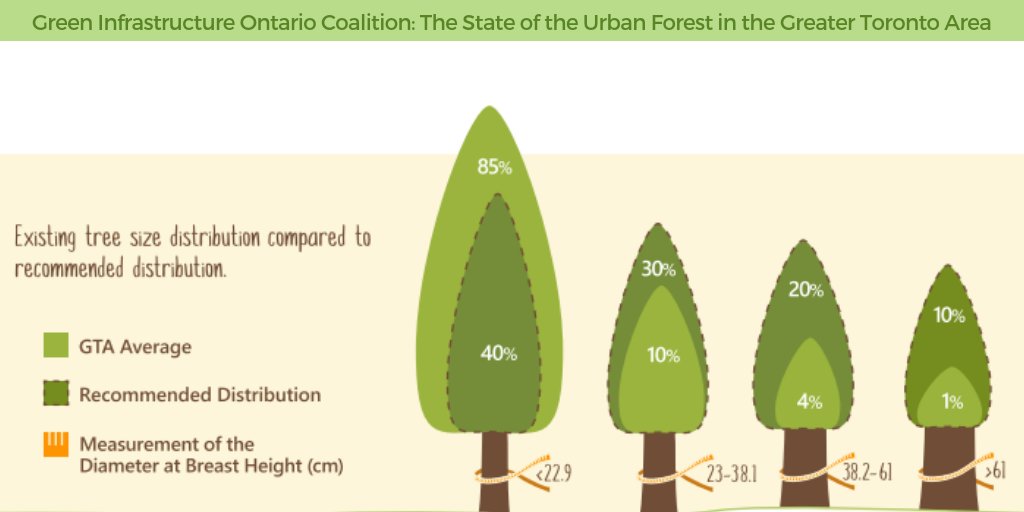Seasonal Tree Treatment: How To Manage Trees Before And After Elimination
Seasonal Tree Treatment: How To Manage Trees Before And After Elimination
Blog Article
Post Developed By-
When it concerns seasonal tree treatment, ensuring proper monitoring before and after removal can substantially influence the wellness and visual appeals of your landscape. By recognizing the needed actions associated with assessing tree wellness and getting ready for elimination, you can proactively protect your residential property. Yet what concerning the essential practices to adhere to as soon as the tree is gone? Remain tuned to find the crucial post-removal treatment actions that will certainly aid you grow a flourishing and sustainable atmosphere for your trees.
Pre-Removal Tree Care
Before dealing with the elimination of a tree, it's vital to prioritize pre-removal tree care. Beginning by assessing the tree's wellness and structural integrity. Try to find signs of illness, bug invasions, or any type of structural issues that might present a safety and security hazard throughout elimination. It's vital to consult with a licensed arborist to figure out the best strategy.
Trimming dead or diseased branches can prevent further damage to the tree and make sure a smoother elimination process.
In addition, consider the environmental impact of removing the tree. Trees play a vital role in our ecosystem, so planting a new tree in a suitable place can aid counter any kind of loss. Guarantee that you have the essential licenses and consents for tree elimination, especially if the tree is shielded by neighborhood guidelines.
Seasonal Maintenance Tips
Analyzing your tree's demands throughout the year is crucial for its health and longevity. To maintain your trees in top condition, comply with these seasonal maintenance tips.
In spring, focus on trimming to eliminate dead or damaged branches and encourage new growth.
Summertime requires normal watering, specifically during droughts, to guarantee your tree stays hydrated.
As loss methods, watch out for early signs of condition or stress and anxiety, and think about using mulch to safeguard the roots during winter.
In wintertime, be cautious when getting rid of snow from branches to avoid breakage, and remain to monitor your tree's total health.
Bear in mind to change your treatment routine based on the details requirements of your tree varieties and regional climate. By remaining attentive and proactive throughout the seasons, you can help your trees flourish and flourish for several years to come.
Post-Removal Tree Treatment
To ensure the wellness of your landscape even after tree removal, appropriate post-removal treatment is necessary. After a tree is gotten rid of, it's important to fill the staying opening with topsoil and portable it to prevent settling. This will help preserve the integrity of the ground and protect against potential threats in the future.
Take into consideration planting new greenery instead of the eliminated tree to recover the balance and visual appeals of your landscape. Frequently water the location to advertise the growth of new plants and stop soil erosion.
Inspect the surrounding trees for any type of indications of condition or tension that may have been caused by the eliminated tree. Watch out for read this article that might've been brought in to the previous tree and take preventive measures to shield the continuing to be plants.
If required, speak with an expert arborist to evaluate the influence of the elimination on the bordering trees and determine any type of extra treatment needed. By adhering to these post-removal treatment steps, you can guarantee the continued health and wellness and appeal of your landscape.
Conclusion
Finally, aggressive seasonal tree care is vital for maintaining the health and balance of your landscape. By evaluating tree wellness, trimming, and consulting with an arborist prior to elimination, you can make certain a safe procedure. After removal, loading the hole, growing brand-new plants, and regular watering will certainly promote new development and stop erosion. Keep in https://www.totallandscapecare.com/business-best-practices/how-to-create-safety-culture/ to evaluate bordering trees for condition and look for further care measures from an arborist to maintain your landscape flourishing.
